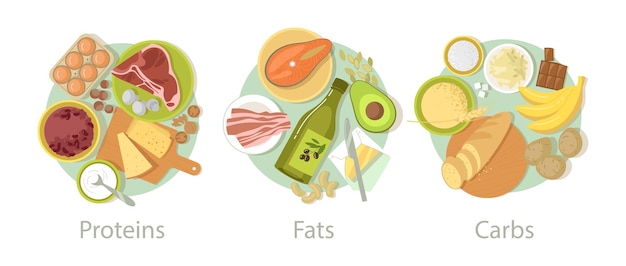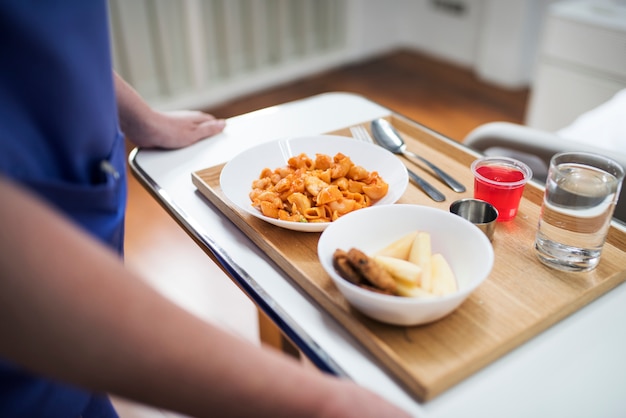Maintaining balanced blood sugar isn’t just for people with diabetes. Stable glucose levels support sustained energy, mental clarity, weight management, and long-term metabolic health. One of the most effective ways to achieve this balance is through a low-carbohydrate approach—especially when paired with physical activity like walking and running.
In this guide, we’ll explore 10 practical, science-supported strategies to stabilize blood sugar using a low-carb lifestyle. We’ll explain why each method works, how to implement it, and how aerobic movement enhances these benefits.

The most direct way to stabilize blood sugar is to minimize intake of refined grains, sugary snacks, and processed foods. These items cause rapid glucose spikes followed by crashes, leading to fatigue and cravings.
Why it works: Low-carb diets reduce the glycemic load, preventing sharp insulin surges. Studies show this improves insulin sensitivity over time.
Start by replacing white bread, pasta, and sweets with whole, unprocessed foods like vegetables, nuts, and seeds.
Vegetables like broccoli, spinach, zucchini, and cauliflower are low in net carbs but high in fiber and micronutrients.
Why it works: Fiber slows glucose absorption and feeds beneficial gut bacteria, both of which contribute to steady blood sugar levels.
Aim to fill half your plate with colorful, non-starchy vegetables at every meal.

Fats from avocados, olive oil, nuts, and fatty fish add satiety and slow carbohydrate digestion.
Why it works: Dietary fat has minimal impact on blood glucose and helps blunt insulin response when carbs are consumed.
Add a drizzle of olive oil to salads or include avocado in your breakfast to stay full and balanced.
Include lean meats, eggs, fish, and plant-based proteins like tofu in your meals.
Why it works: Protein has a minimal effect on blood sugar and stimulates insulin in a controlled way, helping with glucose uptake without causing spikes.
A balanced low-carb meal includes protein, fat, and fiber to optimize metabolic response.
If you include some carbs, consume them around workouts—especially before or after running or brisk walking.
Why it works: Muscles use glucose more efficiently during and after exercise, reducing the need for insulin and lowering blood sugar naturally.
This strategy allows for slightly more carb flexibility without destabilizing glucose.

A 10–15 minute walk after eating can significantly reduce post-meal glucose spikes.
Why it works: Muscle contractions during walking increase glucose uptake independent of insulin. This is especially effective after low-carb meals with modest carbs.
Make post-dinner strolls a habit—this simple act can improve 24-hour glucose control.
Running enhances insulin sensitivity, allowing your body to use glucose more efficiently even hours after exercise.
Why it works: Aerobic activity depletes muscle glycogen, creating a 'glucose sink' that helps lower blood sugar levels.
Even moderate running 3–5 times per week can lead to measurable improvements in HbA1c and fasting glucose.
Dehydration can concentrate blood sugar, leading to higher readings.
Why it works: Proper hydration supports kidney function, helping the body excrete excess glucose through urine.
Drink water consistently throughout the day, especially before and after physical activity.
Eating at regular intervals helps regulate insulin release and prevents extreme hunger that can lead to overeating.
Why it works: Predictable eating patterns support circadian rhythm alignment, which influences glucose metabolism.
Even on a low-carb plan, spacing meals appropriately (e.g., every 4–6 hours) can improve stability.
Use a continuous glucose monitor (CGM) or regular finger-prick tests to see how your body responds to foods and activities.
Why it works: Personalized data helps identify hidden carb sources or lifestyle triggers affecting glucose.
Adjust portion sizes, food combinations, or exercise timing based on real-time feedback.
Start small. Pick 2–3 strategies—like walking after meals and reducing sugary drinks—and build from there. Tailor carb intake to your activity level: more active individuals may tolerate slightly more carbs without glucose spikes.
Listen to your body. Energy levels, mood, and sleep are all indicators of blood sugar stability.
By combining a low-carb approach with regular movement like walking and running, you create a powerful synergy for long-term metabolic health. These strategies are sustainable, evidence-based, and accessible to nearly everyone.

Health

Health

Health

Health

Wellness

Health

Health

Wellness

Health

Health

Health

Health

Health

Fitness

Health

Health